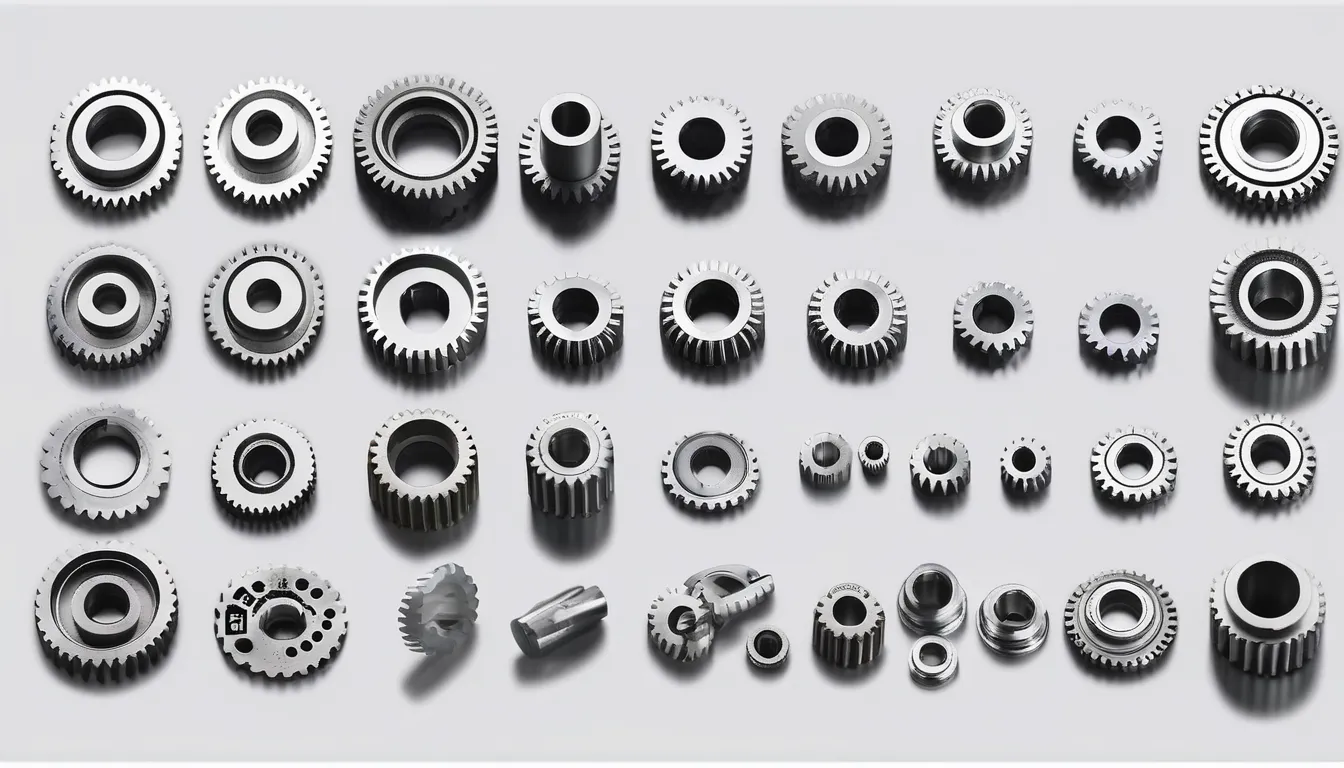When it comes to china gearbox manufacturer testing and validation, you can’t underestimate the significance of establishing clear objectives right from the start. By utilizing calibrated sensors for data collection, you ensure accuracy that forms the backbone of your results. However, it’s not just about collecting data; consistently preprocessing that data is essential for eliminating noise and outliers. As you explore various methodologies, you might find yourself questioning what advanced techniques could truly unlock deeper insights into performance. The answers might surprise you as you consider how they could transform your approach.
Importance of Gearbox Testing
When it comes to machinery, you can’t underestimate the importance of gearbox testing. This process is crucial for ensuring that your gearboxes operate efficiently and reliably under varying conditions. By testing gearboxes, you can identify potential issues before they escalate into major problems, saving you time and money in repairs or replacements.
Gearboxes are often subjected to extreme loads and speeds, making testing necessary to evaluate their performance limits. You want to be confident that your machinery can handle these demands without failure. Regular testing helps you maintain optimal performance and extends the lifespan of the gearbox, which ultimately enhances your equipment’s efficiency.
Moreover, gearbox testing contributes to safety. A malfunctioning gearbox can lead to accidents, jeopardizing both personnel and equipment. By prioritizing testing, you’re actively reducing risks and fostering a safer work environment.
In addition, gearbox testing is essential for meeting industry standards and regulatory requirements. Many sectors mandate rigorous testing to ensure compliance, and neglecting this step can lead to legal repercussions.
Key Testing Methodologies
To ensure effective gearbox performance, you need to employ a variety of testing methodologies that address different aspects of functionality. Each method offers unique insights, helping you identify potential issues early and validate design specifications.
Here are three key testing methodologies you should consider:
- Dynamic Testing: This involves running the gearbox under simulated operating conditions. You’ll assess performance metrics such as torque, speed, and temperature. Dynamic testing helps you gauge how the gearbox behaves in real-world scenarios.
- Static Testing: In this approach, you’ll evaluate the gearbox when it’s not in motion. You can measure parameters like gear backlash, alignment, and stiffness. Static testing is crucial for detecting manufacturing defects that could lead to premature failure.
- Endurance Testing: This methodology pushes the gearbox to its limits over extended periods. You’ll monitor how it withstands continuous operation, identifying wear patterns and durability. Endurance testing is vital for confirming that your gearbox can handle the demands of its intended application.
Common Testing Pitfalls
While various testing methodologies can provide valuable insights, it’s easy to fall into common pitfalls that undermine their effectiveness. One major issue is inconsistent testing conditions. If you don’t maintain the same temperature, humidity, or load conditions during each test, your results mightn’t be reliable. Always standardize your environment to ensure that you’re comparing apples to apples.
Another pitfall is neglecting to document your testing procedures and results. Without thorough documentation, you risk losing critical data and insights that could inform future tests. Make it a habit to record everything, from the setup to the final outcomes.
You should also avoid testing too quickly. Rushing through tests can lead to overlooked details and inaccurate results. Take your time to ensure that all aspects of the gearbox are thoroughly evaluated.
Lastly, don’t ignore operator training. If your team isn’t properly trained on the testing equipment and procedures, you’ll likely encounter errors in your tests. Invest in comprehensive training to ensure everyone understands the process.
Advanced Validation Technologies
Implementing advanced validation technologies can significantly elevate the accuracy and efficiency of gearbox testing. By leveraging cutting-edge tools, you can enhance your testing processes and ensure reliable performance under various conditions.
Here are three key technologies you should consider:
- Dynamic Simulation: This technique allows you to model gearbox performance under real-world conditions. By simulating different loads and speeds, you can predict how your gearbox will behave in actual applications.
- Real-time Monitoring Systems: Utilizing sensors and data acquisition systems enables you to monitor gearbox parameters in real-time. This immediate feedback helps you address issues as they arise, minimizing downtime and costly repairs.
- Artificial Intelligence and Machine Learning: Incorporating AI can streamline your analysis process. By analyzing historical data, machine learning algorithms can identify patterns and predict potential failures, allowing you to implement preventative measures before issues escalate.
Best Practices for Data Analysis
Effective data analysis often reveals critical insights that can drive improvements in gearbox performance and reliability. To get the most from your data, start by establishing clear objectives for your analysis. Knowing what you’re looking for helps you focus on the right metrics and data points.
Next, ensure your data collection methods are robust and consistent. Use calibrated sensors and standardized procedures to gather accurate and reliable information.
Once you’ve collected the data, clean and preprocess it to eliminate any noise or outliers that could skew your results.
When analyzing the data, utilize statistical tools and software that can help you visualize trends and correlations effectively. Don’t hesitate to employ advanced techniques like regression analysis or machine learning to uncover deeper insights.
Conclusion
In conclusion, effective gearbox testing and validation are essential for optimal performance and reliability. By setting clear objectives, utilizing accurate data collection methods, and avoiding common pitfalls, you can ensure thorough assessments. Embracing advanced technologies and maintaining a strong focus on data analysis will provide you with valuable insights. Remember, continuous improvement through regular reviews and documentation is key to success in your gearbox testing efforts. Prioritize these best practices to achieve the best results.

